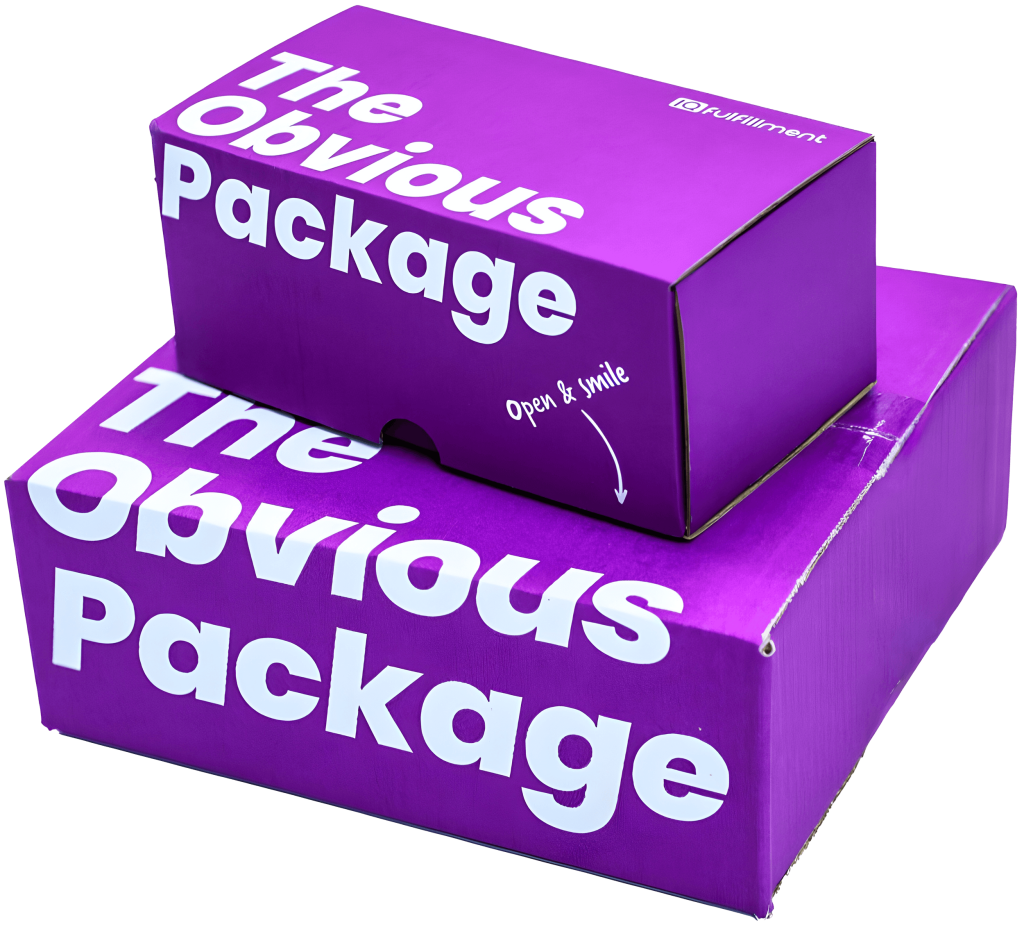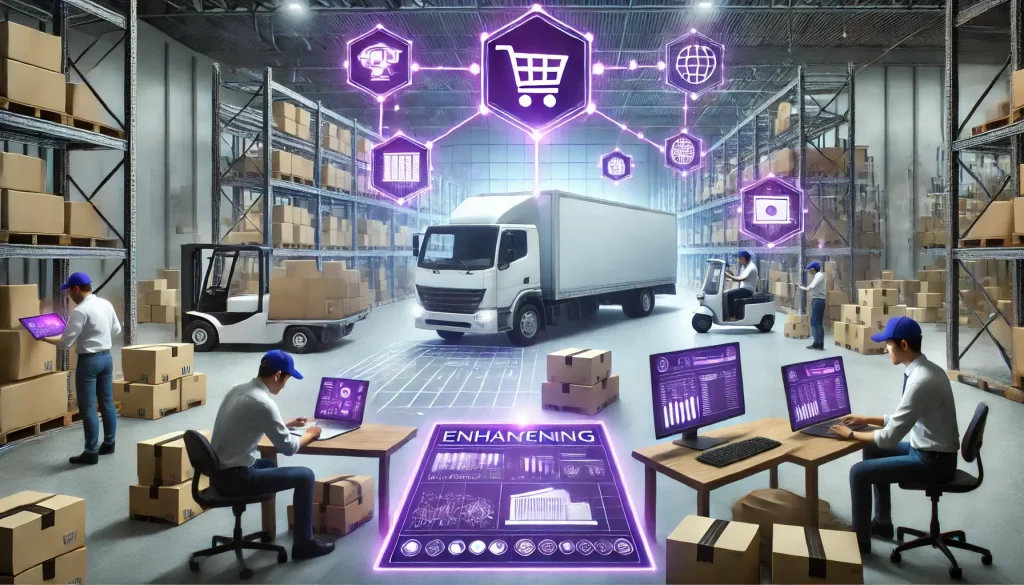For the UAE, last-mile delivery is no longer just about that final drop-off it’s a battlefield. With e-commerce on the rise, city centres growing more crowded and consumer expectations ever higher, logistics firms are battling to push through what has become known as the last mile delivery the fiddly few miles from a local distribution centre to the customer’s door.
What Fulfillment Is
Fulfillment And Delivery In UAE denotes all operations of handling orders: order receiving, storing, and processing them in warehouses, gathering ordered goods (picking), repacking (if necessary), checking, and sorting out goods as to their quantity or quality, and packaging them for dispatch. More generally, Fulfillment And Delivery In UAE comprises warehousing, picking, packing, and shipping, but also the all-important local distribution and delivery—what the industry likes to call the “last mile.”
In the UAE, fulfilment services often start and finish with the “last mile” because of urban density, consumer behavior and logistics infrastructure mean that getting from parcel-hub to doorstep is as important as any other part of the delivery process.
Startups
Young brands need bare-bones fulfilment services that are dependable, affordable and scalable. Key needs include:
- A fulfilment partner or 3PL which allows flexible slot sizes.
- Clear pricing to prevent any hidden cost increases.
- The ability to integrate (e.g., via API connections), so orders are automated.
Growth-Phase
As brands grow, the proliferation side is crucial. In the UAE, they also have to contend with local conditions like heavy traffic, high temperatures and binding address logistics for last-mile delivery sector. Growth-phase businesses need:
- Citywide or even nationwide coverage in cities such as Dubai and Abu Dhabi.
- Positive last-mile related performance measurements (such as on-time delivery, low numbers of failed attempts).
- Technology and data analytics fulfilment partner to optimize routing and cost.
Established Enterprises
The requirements are multi-dimensional for the big players: global shipping and international returns, large daily throughput and goals of keeping a lid on sustainability. They need:
- Cutting-edge tech (AI for routing, live tracking, dynamic delivery windows).
- Good sustainability creds (EV FLEETS, green packaging) in face of regulatory/consumer pressure.
Technology & Automation
Technology is the backbone of the modern last-mile logistics. In the UAE:
- Major providers like IQ fulfillment is piloting live tracking of deliveries with Google Maps Platform, machine learning and predictive AI to increase route optimization and visibility.
- Automation in warehouses and micro-fulfilment centers minimizes processing time, ensuring the last mile begins sooner and more reliably.
- The move toward EVs and environmentally conscious delivery models is accelerating in order to meet regulatory and sustainability targets.
- With digital tools providers can cut their logistic operations cost, enhance delivery performance as well as manage customers’ expectations better.

Customer Experience
The customer experience is where e-commerce last-mile delivery can really solidify or break the brand promise. Key considerations:
- Transparency: users expect to know exactly what time their delivery will be with them, not just “today”. Suppliers with live tracking are trusted winners.
- Flexibility: delivery windows, slots available for pickup, easy returns — these features up the ante.
- Location: In crowded city environments, address confusion and the location of apartments in building complexes also matter.
- When customer expectations are high, the last mile is a brand differentiator.
Cost vs Value
The final mile is usually the costliest supply chain segment — representing potentially 50 % of the total shipping cost in certain environments. (Logistics Middle East) Brands must weigh cost-efficiency against delivering value (speed, reliability, experience). Key trade-offs:
- Broader coverage and additional delivery attempts will raise cost; routing optimization and reducing failed attempt decrease waste.
- Technology and green vehicles investments increase CapEx/OpEx but can deliver long-term value through brand reputation, sustainability credentials, reduced fuel/maintenance.
- In the UAE delivery market, selecting whether to do it in-house (Fleet) vs 3PL would depend on volume, geography and promise of service by the brand.
Domestic vs International
Domestic last-mile: services urban areas in Dubai, Abu Dhabi, and other Emirates. Main issues: urban traffic, address complexity, building access, parking. Domestic providers need to be highly attuned to these limitations.
International last-mile: If brands are shipping in to the UAE from abroad (or out of UAE into other markets) then again, the fulfilment + last-mile provider has to have cross-border expertise (customs, import regulations, duties) and local delivery expertise. Image: it could send to more than 200 countries through inbound e-commerce & parcel network. Brands need to assess whether their fulfilment partner provides domestic and international last mile, particularly if they intend on scaling up globally.
Scalability & Sustainability
Also, consider scalability: That the logistics partner won’t let you down as your company expands — coping with volume spikes (like sales events), peak seasons, geographic expansion. The partner is aligned with green objectives (EV fleet, recycling packaging, low emission route operation).
Evaluating Partners
When selecting a fulfilment and last-mile delivery partner in the UAE, consider them based on:
- Coverage & Reach: Will they be able to deliver across all target Emirates and deliver into the types of addresses which your customers possess — (apartments, villas, remote zones)?
- Tech Stack: They provide real-time tracking, dynamic routing, integration with your order system (API), etc.
- Performance Metrics: What is their on-time delivery rates, fail delivery rates, customer satisfaction scores?
- Cost Structure: Clear pricing, no hidden fees, price based on volume.
- Sustainability/Compliance: Fleet emissions, waste packaging, compliance.
- Flexibility: Can they manage volume spikes, promotions, returns or reverse logistics?
The right partner isn’t just about cost — it’s about finding a match for your brand promise, customer experience ambitions and growth strategy.

Conclusion
The Last Mile Transportation landscape in the UAE is a dynamic, challenging, and fiercely competitive field. In fact, those that recognize Last Mile Transportation as a strategic asset (and not just an expense) will unlock differentiation, customer loyalty, and operational efficiency at scale. Whether you’re a young retailer of just about anything or a global conglomerate, the best fulfillment-plus-last-mile partner can literally make the difference.
- For further e-commerce fulfillment and logistics innovation updates, connect with IQ Fulfillment on Instagram.
FAQs
Q: What can I do to get better treatment from my fulfillment partner?
A: Search for a partner offering comprehensive 3PL services in the GCC including fulfilment and last-mile delivery with clear KPIs, dependable technology, and scalable capacity.
Q: What is the status of technology in last-mile delivery in the U.A.E.?
Automation fuels routing optimization, live tracking, fleet management, and data-driven decision-making all essential in the age of online commerce and modern fulfillment center operations across today’s GCC.
Q: Is domestic last-mile advice or international last-mile in partners I should focus on?
A: If you ship cross-border or have a regional expansion strategy for your business, you will require an experienced service provider in both domestic and international last-mile and fulfillment solutions across the GCC.
Q: How much are businesses prioritizing sustainability when selecting a last-mile delivery partner?
Very much, especially in the UAE where legislations and infrastructure are rewarding partners with green vehicles, recyclable packaging, and efficient fulfillment center services across the GCC.
